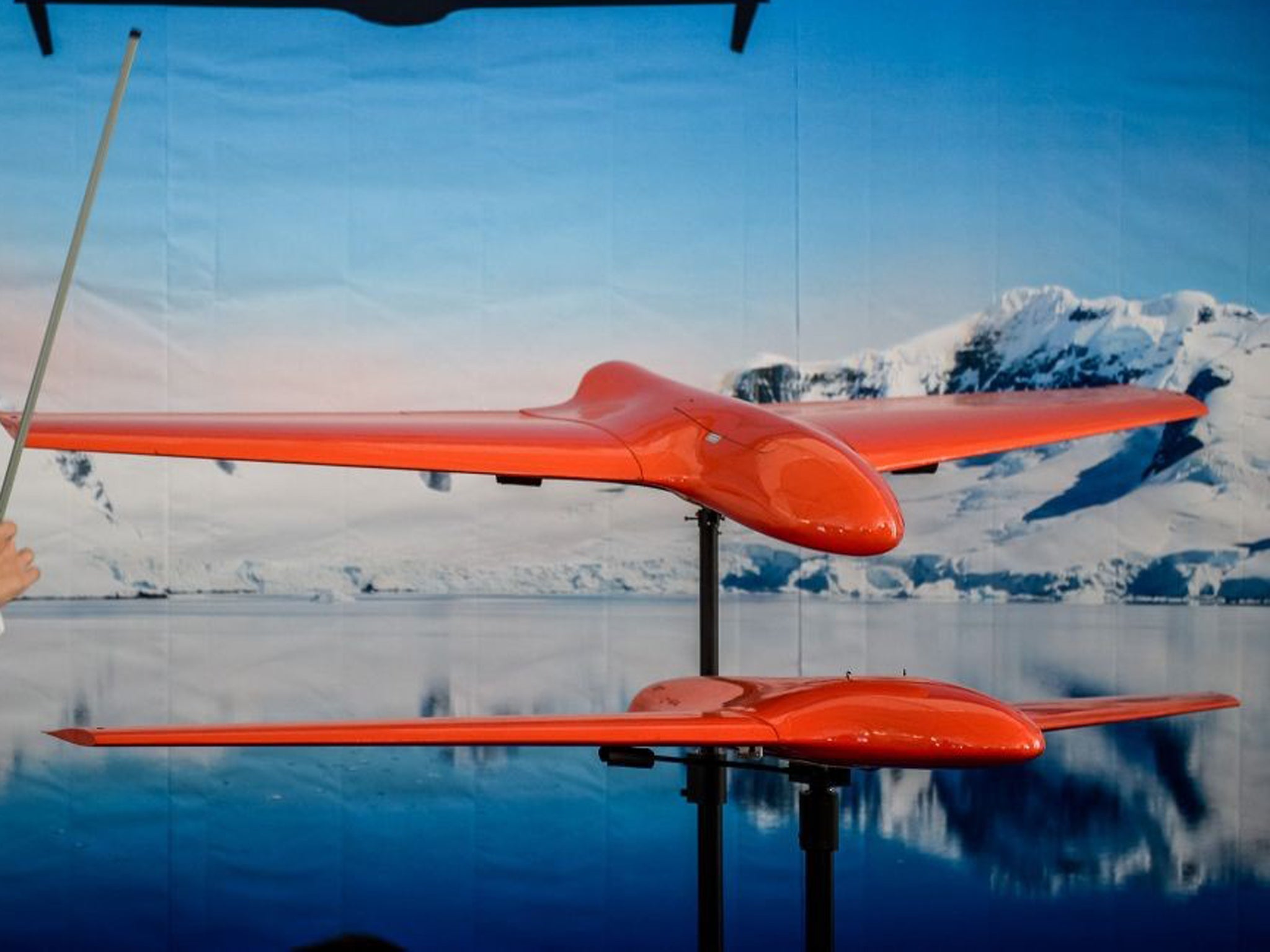Civilian drones will be 'common in a decade' but pilotless passenger planes are still a long way off

Your support helps us to tell the story
From reproductive rights to climate change to Big Tech, The Independent is on the ground when the story is developing. Whether it's investigating the financials of Elon Musk's pro-Trump PAC or producing our latest documentary, 'The A Word', which shines a light on the American women fighting for reproductive rights, we know how important it is to parse out the facts from the messaging.
At such a critical moment in US history, we need reporters on the ground. Your donation allows us to keep sending journalists to speak to both sides of the story.
The Independent is trusted by Americans across the entire political spectrum. And unlike many other quality news outlets, we choose not to lock Americans out of our reporting and analysis with paywalls. We believe quality journalism should be available to everyone, paid for by those who can afford it.
Your support makes all the difference.Pilotless civilian aircraft could start to become a common sight in British skies within the next 10 years, it was claimed today.
Scientists say aviation is at a "crossroads" with the development of civilian drones that can safely fly themselves.
Civilian Unmanned Aircraft (CUAs) would first be introduced to carry out jobs such as search and rescue in hazardous conditions, monitoring the weather and environment, checking roads, railways and power lines, forestry and policing.
Robot passenger planes are still a long way off. But other types of civilian drone could be taking to the air in the next decade, according to Lambert Dopping-Hepenstal, director of a £67 million CUA research project.
Much of the necessary technology is already there, he said. The main stumbling block was convincing aviation regulators that it is safe and reliable.
Speaking to journalists in London, where a conference on CUAs takes place next week, Mr Dopping-Hepenstal said: "Pandora's box is open. These things are going to fly.
"This is a revolution in aerospace. You could argue that it's the next step beyond the jet engine."
Military drones are already widely employed in conflict zones such as Afghanistan, where their use has been controversial.
But their civilian counterparts will have to be even more intelligent and technologically advanced to satisfy regulators.
Recent tests of drone systems have taken place in Holland and over the Irish Sea, including cutting edge "detect and avoid" technology. This equips the drone with camera-based "eyes" as good as or better than those of a human pilot.
The global market for CUAs is predicted to be worth between £34.6 billion and £39 billion per year by 2020.
Britain currently has a 17 per cent share of the conventional civil aerospace market, second only to the US.
PA
Join our commenting forum
Join thought-provoking conversations, follow other Independent readers and see their replies
Comments